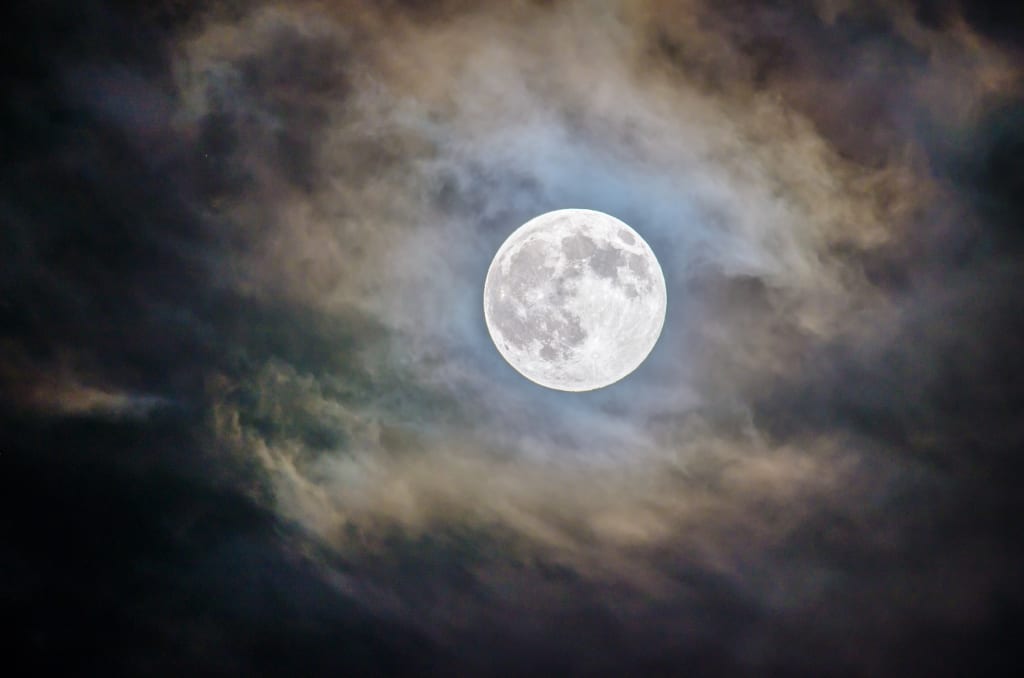Why the Moon Doesn't Collide with Earth
Earth's Gravitational Pull

The relationship between the Earth and the Moon is a celestial dance that has fascinated humanity for centuries. One of the most intriguing questions about this cosmic partnership is why the Moon, despite its proximity, doesn't crash into our planet. The answer to this lies in the delicate balance of gravitational forces that govern the motion of celestial bodies. In this essay, we will explore Earth's gravitational pull and the reasons behind the Moon's stable orbit around our planet.
Gravitational Forces
Gravity is the force of attraction that exists between two objects with mass. It is a fundamental force of nature described by Sir Isaac Newton's law of universal gravitation. According to this law, every object in the universe attracts every other object with a force that is directly proportional to their masses and inversely proportional to the square of the distance between them. In simple terms, the greater the mass of an object, the stronger its gravitational pull, and the closer two objects are, the stronger the gravitational force between them.
Earth's Gravitational Pull
Earth, being a massive celestial body with a substantial amount of mass, exerts a significant gravitational force. This force is what keeps everything on the planet's surface anchored, including us. Earth's gravity is approximately 9.81 meters per second squared (m/s²) at its surface. It is this force that gives weight to objects and governs the motion of celestial bodies within our solar system.
The Moon's Orbit
Now, let's focus on the Moon. The Moon is Earth's only natural satellite, and it orbits our planet due to the gravitational attraction between the two. However, it does not collide with Earth, thanks to a combination of factors that maintain its stable orbit.
Orbital Velocity: To maintain a stable orbit, an object must achieve a specific velocity called orbital velocity. This velocity depends on the mass of the central body (in this case, Earth) and the distance from the center of the body to the object (the Moon). The Moon's orbital velocity is precisely balanced with Earth's gravitational pull, allowing it to stay in orbit without falling to Earth.
Centripetal Force
The Moon's motion is governed by centripetal force, which is the force that keeps an object moving in a circular path. In the Moon's case, this force is provided by Earth's gravity. The Moon is constantly falling towards Earth, but its forward velocity prevents it from getting any closer. This balance between gravity and forward motion keeps the Moon in a stable orbit.
Conservation of Momentum
The conservation of momentum is another critical factor in the Moon's orbit. The Moon has a significant amount of momentum in its orbital path, and according to Newton's first law of motion, an object in motion will remain in motion unless acted upon by an external force. Since there is no significant external force to slow the Moon down, it continues to orbit Earth.
Gravitational Tides
While the gravitational pull of Earth on the Moon keeps it in orbit, it also creates tidal forces on both celestial bodies. These tidal forces result in the Earth's oceans experiencing high and low tides. Over time, these tidal forces have a dissipation effect on the Moon's orbital energy, causing its orbit to gradually expand. This phenomenon is known as "tidal acceleration," but it occurs at such a slow rate that it doesn't pose a threat of collision within the foreseeable future.
The Moon's stable orbit around Earth is a result of the delicate balance of gravitational forces between the two celestial bodies. Earth's gravitational pull is what keeps the Moon in orbit, and the Moon's orbital velocity, centripetal force, conservation of momentum, and the effects of gravitational tides all contribute to its stable position in space. While the cosmic dance between Earth and the Moon continues, the likelihood of a collision remains extremely remote, thanks to the remarkable laws of physics that govern our universe. This celestial partnership serves as a constant reminder of the awe-inspiring beauty and complexity of the cosmos.
About the Creator
Reader insights
Outstanding
Excellent work. Looking forward to reading more!
Top insight
Excellent storytelling
Original narrative & well developed characters






Comments (5)
outstanding
Great
Nice💚
Wow❤️💚💚❤️❤️
Very interesting ♥️🧡💜😀🤎🚂🚂 great work!